Pakistan Football Team: Rising Stars in the Beautiful Game
Cricket may be the heartbeat of Pakistan, but a dedicated national football team is quietly gaining momentum. While not yet global giants, these passionate athletes are steadily climbing the ranks, showcasing their talent on the pitch. Yes, Pakistan does have a football team! Pakistan boasts a dedicated national football team with a rich history and a growing fanbase.
Imagine: passionate fans chanting in packed stadiums, the electrifying energy of a last-minute goal, and the national team celebrating victory on the world stage. For Pakistan’s footballers, these dreams are just a kick away.
Join us as we delve into the untold story of Pakistan’s football team, from their humble beginnings to their continuous searching of international recognition. We’ll explore their journey, their victory and challenges, and their burning desire to prove themselves on the world stage. So, buckle up, curious newcomers!, as we answer the question: Do Pakistan have a football team? You might be surprised by what you find!
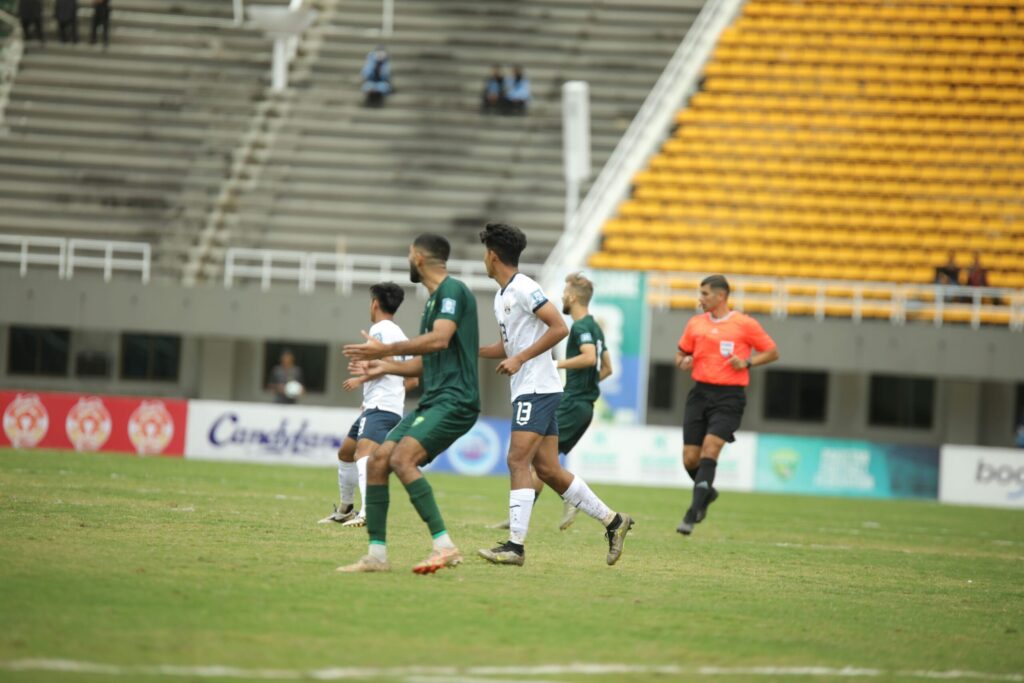
Table of Contents
History of Football in Pakistan
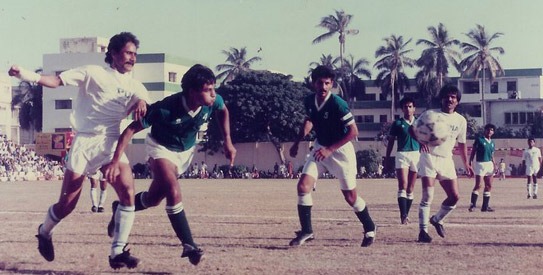
From dusty fields to international stages, the story of football in Pakistan is a captivating journey of passion, resilience, and the pursuit of glory. This narrative delves into the fascinating evolution of the sport, showcasing its remarkable growth from humble beginnings to its current state.
Seeds of the Beautiful Game: Taking Root in Pakistan (1947 onwards):
Inspired by the global fascination with football, the sport’s seeds were sown in Pakistan shortly after its independence in 1947. The British legacy played a crucial role in introducing the game, with local enthusiasts organizing informal matches on dusty fields. This grassroots enthusiasm laid the foundation for the sport’s future growth.
Recognizing this burgeoning passion, the Pakistan Football Federation (PFF) was established in 1947, becoming one of the first national football federations in Asia. The PFF played a pivotal role in organizing national championships, fostering regional structures, and nurturing the sport at the grassroots level.
The newly formed national team, proudly adorned in the green and white colors of Pakistan, took its first steps on the international stage in 1950. Facing regional rivals like Iran and Iraq in friendly matches, they gained valuable experience and began to establish their presence on the Asian football scene.
Cultivating a Local Passion:
While international aspirations took root, the focus remained on fostering a love for the game within the country. Local leagues and tournaments sprung up across various cities, providing a platform for aspiring players to hone their skills and generating enthusiasm among fans.
This era also witnessed the rise of legendary figures like the prolific striker Mohammad Essa, whose dribbling skills and finishing prowess captivated audiences, and Qayyum Ali Changezi, a renowned midfielder admired for his leadership and playmaking abilities. These individuals not only inspired a generation but also laid the groundwork for future success on the international stage.
Golden Age and Beyond: Victories, Challenges, and Resilience
The 1960s marked a golden age for Pakistani football. Under the guidance of coaches like Abdul Sattar, the national team reached new heights and achieved several significant milestones:
- Reaching the final of the 1964 Asian Cup: This landmark achievement remains the highest ever finish for Pakistan in the continental tournament.
- Qualifying for the 1960 Summer Olympics: Marking Pakistan’s only appearance in the Olympic Games football tournament, this feat showcased their talent on a global platform.
This era also witnessed the emergence of iconic players like Abdul Ghosh, a dynamic winger renowned for his pace and crossing ability, and Habib Baloch, a charismatic defender known for his leadership and defensive solidity. These players, along with a strong team spirit, propelled Pakistan to unprecedented success in the golden age.
However, the following decades brought a period of fluctuation. While individual talents continued to emerge, consistency and international recognition remained elusive. The team faced challenges like limited resources, inadequate infrastructure, and fierce competition from regional rivals with stronger development programs.
Despite these setbacks, the unwavering spirit of Pakistani footballers never wavered. Their passion and dedication to the beautiful game continue to drive them forward, pushing them to strive for improvement and international recognition. Recent initiatives like the introduction of professional leagues and increased private sector support offer a glimmer of hope for a brighter future for Pakistani football.
Read More : Top 10 Football Clubs In Pakistan
Current Status of Pakistan’s Football Team
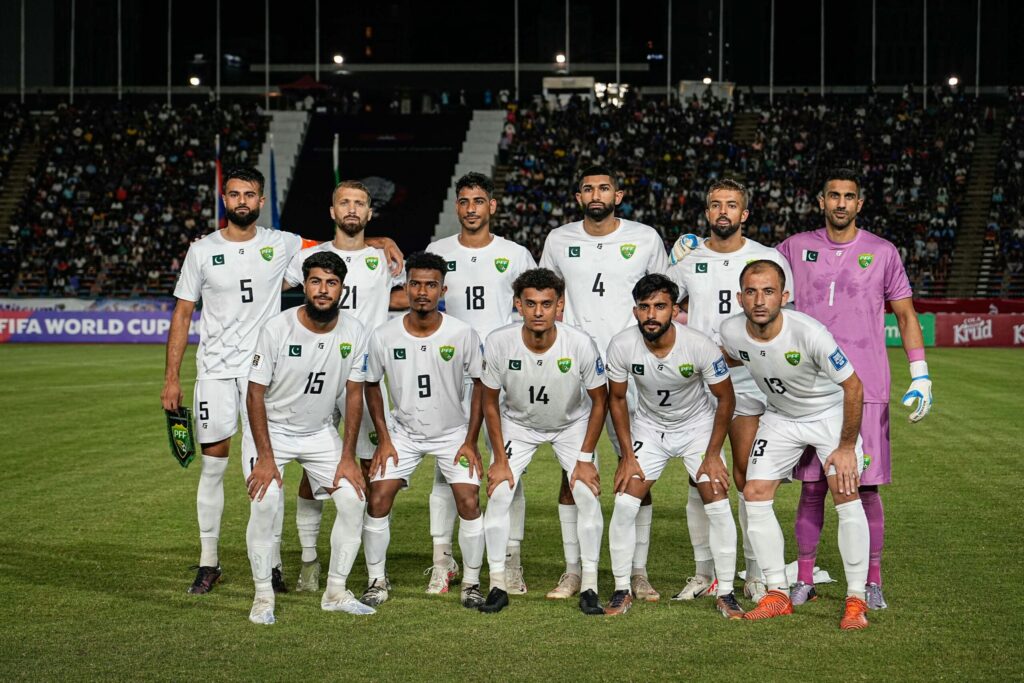
The current state of Pakistan’s national football team can be best described as a journey of transition with immense potential. While still far from dominating the global football scene, the team is steadily climbing the ladder, showcasing unwavering dedication and resilience in its pursuit of success.
Key Points:
- FIFA Ranking: As of Feb 15, 2024, Pakistan holds the 195th position out of the 210 FIFA member nations. This ranking provides a snapshot of their current standing in the global football landscape.
- Recent Performance: Despite facing numerous challenges, including limited resources and fierce competition, the team has demonstrated encouraging signs of improvement. Their recent 1-0 victory against Combodia in Octuber 2023 serves as a testament to their growing potential and determination.
- Leadership: The team is currently under the guidance of manager Stephen Phillip CONSTANTINE, a proven tactician with a wealth of experience managing top-tier clubs. His strategic expertise and leadership style have the potential to significantly shape the team’s future success.
Stepping onto the Global Stage: Competition and Leagues
Pakistan’s national team actively participates in various international competitions and leagues, seeking to gain valuable experience and improve their global standing. These platforms provide them with crucial opportunities to test their skills against regional and international opponents, fostering growth and development.
International Competitions:
- FIFA World Cup Qualifiers: Pakistan competes in the Asian Qualifiers, harboring the ambitious dream of securing their first-ever World Cup appearance. This challenging competition pits them against other Asian nations, offering a high-pressure environment that tests their abilities and prepares them for the global stage.
- SAFF Championship: Held biannually, the South Asian Football Federation Championship features South Asian nations. This tournament provides a valuable platform for Pakistan to compete against regional rivals, fostering a sense of camaraderie and healthy competition within the South Asian football community. Participating in this regional tournament allows them to test their strategies against familiar opponents and gain valuable experience.
Domestic Leagues:
- Pakistan Football League (PFL): Established in 2014, the PFL is the highest-tier professional league in Pakistan. It features several established clubs like Karachi United FC and WAPDA FC, providing a competitive environment for domestic talent to develop their skills and showcase their abilities. The PFL serves as a crucial stepping stone for aspiring players who aim to represent Pakistan on the international stage.
- Regional Leagues: Various regional leagues operate across Pakistan, forming the foundation for grassroots development of the sport. These leagues play a vital role in nurturing young talent, fostering a love for football at a young age, and providing a pathway for promising players to be scouted for higher-level competitions.
Challenges and Opportunities:
Despite these positive strides, the national team continues to face several significant challenges:
- Limited resources: Compared to some regional rivals, Pakistan faces resource constraints that impact player development and infrastructure. These limitations can hinder their ability to compete consistently against teams with more extensive resources and training facilities.
- Fierce competition: The Asian football landscape is highly competitive, with established teams vying for regional and international recognition. This necessitates consistent improvement from Pakistan to challenge these established teams and gain a foothold on the international stage.
- Lack of international recognition: While progress is being made, the team continues to strive for greater recognition on the global stage. Building a strong international reputation is crucial for attracting top talent, investment, and wider support for the sport. This lack of recognition can create challenges in attracting top players and resources that could accelerate the team’s growth.
However, amidst these challenges, Hope prevails:
- Recent improvements: The team’s recent improved performance and the appointment of an experienced manager like Tuchel offer hope for continued development and growth. Their dedication and resilience are key factors driving their progress and raising expectations for future success.
- Growing support: The introduction of professional leagues like the PFL and increased private sector investment are positive signs for the future of Pakistani football. This growing support can provide the necessary resources and infrastructure to empower the team and pave the way for future success.
The journey of Pakistan’s national football team is an inspiring story of dedication, resilience, and the pursuit of a dream. While challenges remain, the team’s positive strides and the growing support system offer a glimpse of a promising future. As they continue to navigate the competitive landscape of international football, their passion and determination hold the key to unlocking their full potential and securing their place on the global stage.
Challenges Faced by Pakistan’s Football Team
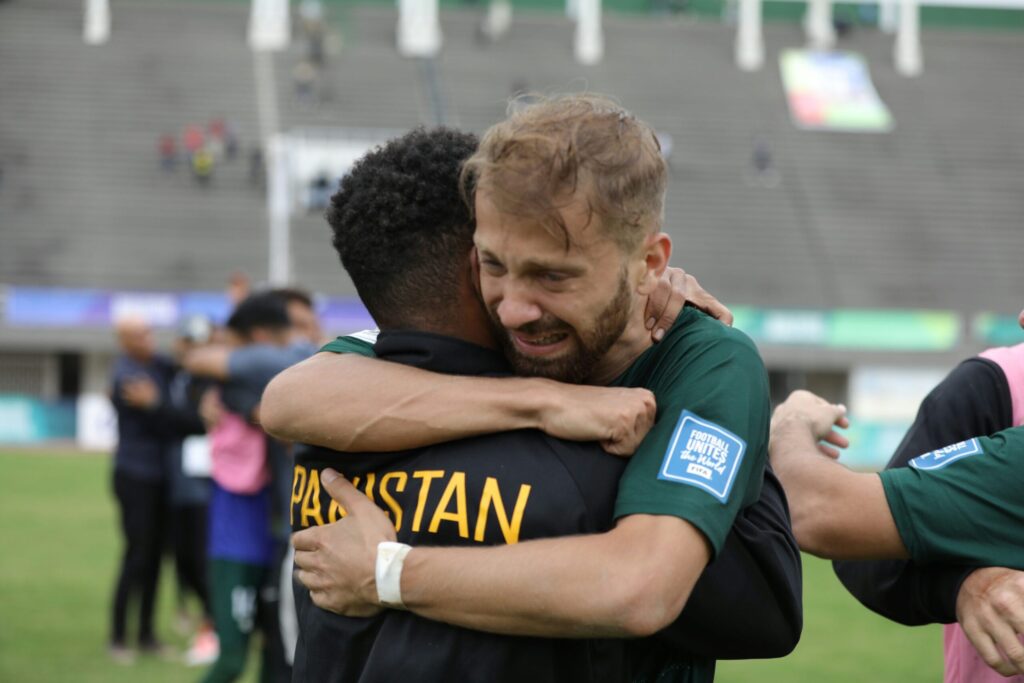
The journey of Pakistan’s national football team is one of unwavering determination in the face of daunting challenges. While they exhibit a deep passion for the sport and flashes of brilliance, their path to consistent success is riddled with obstacles. Let’s delve into the complexities that hinder their progress and limit their potential on the international stage.
Discussion on the Challenges and Obstacles:
- Limited Resources: Compared to regional rivals, Pakistan faces a crucial limitation in resources. This includes a lack of funding for player development programs, inadequate training facilities, and limited access to high-quality equipment. This lack of resources hinders the team’s ability to compete consistently against nations with more established infrastructures.
- Fierce Competition: The Asian football landscape is a hotbed of talent, with established teams like Japan, South Korea, and Iran boasting extensive resources and rigorous training programs. Pakistan’s current ranking of 195th in the FIFA rankings reflects the intense competition they face in the region, making it difficult to consistently break through and achieve sustained success.
- Infrastructural Deficits: The lack of adequate infrastructure is another significant hurdle. This includes a shortage of standard playing fields, insufficient indoor training facilities, and limited access to sports science facilities. These deficiencies hinder the team’s ability to implement effective training programs and utilize cutting-edge techniques for player development.
- Management and Governance Issues: Concerns have been raised regarding management and governance issues within the Pakistan Football Federation (PFF). These issues can lead to inconsistency in decision-making, lack of transparency, and difficulties in securing sponsorships and attracting investments, ultimately hindering the overall development of the sport.
- Inadequate Youth Development Programs: Building a strong national team requires a robust youth development system. However, Pakistan currently lacks a well-structured and comprehensive youth development program. This results in a limited pool of talented players to choose from, impacting the quality and depth of the national team.
Factors Affecting the Growth and Success of Football in Pakistan :
- Socioeconomic Challenges: Pakistan faces various socioeconomic challenges that can indirectly impact the growth of football. These include poverty, limited access to education, and a lack of awareness about the importance of sports. These factors can restrict opportunities for young people to participate in sports like football, ultimately limiting the talent pool at the grassroots level.
- Cultural Priorities: In Pakistan, cricket enjoys a dominant position in the national sporting landscape. This can overshadow the development of other sports like football, leading to limited public interest and investment. Shifting cultural priorities and promoting football at the grassroots level is essential to increase participation and foster a broader fan base.
- Lack of Media Coverage: Compared to cricket, football receives limited media coverage in Pakistan. This lack of exposure can hinder the sport’s growth by generating less public interest and enthusiasm, making it difficult to attract sponsorships and investments crucial for development.
Despite facing immense challenges, the spirit of Pakistani footballers remains resilient. Their dedication and recent glimpses of improvement offer a glimmer of hope for the future. Addressing the aforementioned challenges, particularly those related to resources, infrastructure, and youth development, is crucial for the team’s long-term success. Furthermore, fostering a supportive environment, generating wider public interest, and securing greater investment are essential for Pakistan to carve its niche in the competitive world of international football.
The journey towards sporting glory is rarely smooth, and the path for Pakistan’s football team is no exception. However, with unwavering dedication, strategic planning, and a united effort to overcome these challenges, they can turn their dreams of international recognition into a reality.
Future Prospects for Pakistani Football
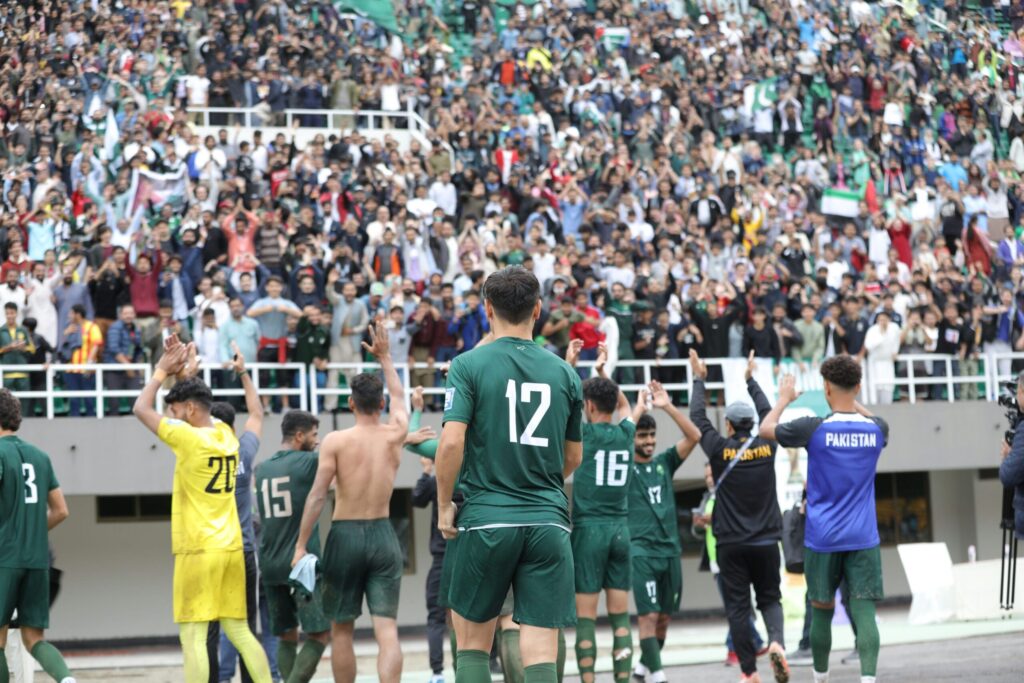
While the current state of Pakistani football presents its share of challenges, the future holds promising prospects for growth and improvement. With strategic planning, dedicated efforts, and a collaborative spirit, the sport has the potential to flourish in the years to come.
Potential Opportunities for Growth and Improvement:
- Harnessing Technological Advancements: Utilizing cutting-edge sports science technologies can significantly enhance player development. Implementing data analysis tools, employing performance tracking systems, and incorporating advanced training methodologies can optimize training programs and unlock the full potential of players.
- Building a Robust Youth Development System: Establishing a well-structured youth development program is crucial for long-term success. This program should focus on identifying and nurturing young talent at the grassroots level, providing them with qualified coaching, access to modern facilities, and opportunities to compete in age-appropriate tournaments.
- Investing in Infrastructure Development: Upgrading and expanding training facilities across the country, including standard playing fields, indoor training centers, and sports science facilities, is essential. This will provide players with the necessary environment to train effectively and hone their skills at all levels.
- Enhancing Professional Leagues: Strengthening the Pakistan Football League (PFL) by attracting investors, sponsors, and broadcasting partnerships is crucial. This will increase the league’s competitiveness, attract talented players, and generate wider public interest, ultimately contributing to the overall development of the sport.
- Collaboration and Partnerships: Establishing collaborations and partnerships with international football federations and academies can provide Pakistani players with invaluable exposure and learning opportunities. This could involve exchange programs, coaching clinics, and participation in international tournaments, fostering knowledge sharing and accelerating the learning curve for Pakistani players and coaches.
Initiatives and Strategies to Enhance the Development of the Sport:
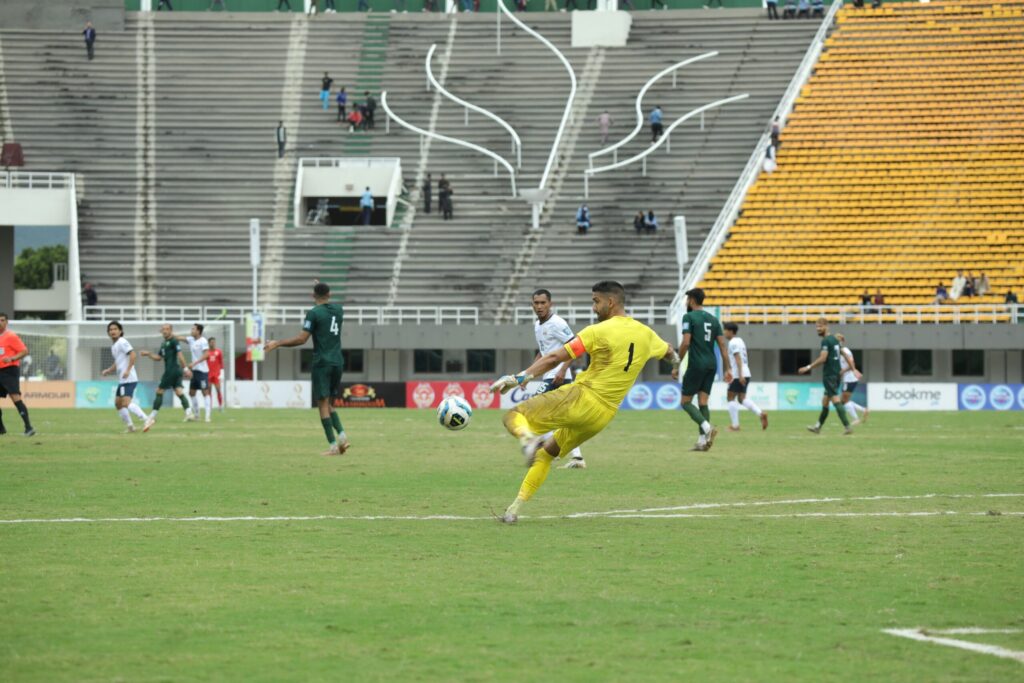
- Promoting Football at the Grassroots Level: Implementing school-based football programs and organizing community tournaments can significantly increase participation and introduce the sport to a wider audience. This can help identify and nurture young talent while fostering a love for the game at a young age.
- Increased Media Coverage: Increased media coverage of football matches, player profiles, and success stories can generate wider public interest and enthusiasm for the sport. This can attract sponsorships, investments, and potentially inspire a new generation of players to take up the sport.
- Improved Governance and Transparency: Ensuring transparency and good governance within the Pakistan Football Federation (PFF) is crucial to attract investments, secure sponsorships, and foster trust among stakeholders. This will contribute to the efficient allocation of resources and create a sustainable environment for the development of the sport.
- Engaging the Private Sector: Encouraging private sector investment in football is vital for financial sustainability and growth. This can be facilitated by offering incentives and tax breaks to attract corporate sponsorships and investments in infrastructure development, youth development programs, and professional leagues.
- Embracing Technological Advancements: Implementing digital platforms for talent scouting, online coaching resources, and interactive fan engagement can significantly improve accessibility and create a more inclusive environment for the sport.
Conclusion
The story of Pakistani football is one of unwavering passion, resilience, and the pursuit of a dream. While the current state of the national team presents challenges, their fighting spirit and recent glimpses of improvement offer a glimmer of hope for the future.
Key Points Discussed:
- Do Pakistan have a football team? Absolutely! This article explored the journey of the Pakistani national football team, from its humble beginnings to its current state of transition and potential.
- The team’s participation in various international competitions and domestic leagues, showcasing their dedication and determination to improve their global standing.
- The challenges faced by the team, including limited resources, fierce competition, and infrastructure deficiencies.
- Potential opportunities for growth and improvement, such as harnessing technology, building a robust youth development system, and investing in infrastructure development.
- Initiatives and strategies to enhance the development of the sport, such as promoting football at the grassroots level, increasing media coverage, and engaging the private sector.
Final Thoughts on the Significance of Football in Pakistan:
Beyond the competitive arena, football plays a significant role in Pakistani society. It serves as a unifying force, fostering a sense of community and national pride. The sport provides opportunities for social development, promoting health, fitness, and teamwork among youth. As Pakistan continues its journey on the global football stage, the beautiful game holds the potential to inspire generations, promote cultural exchange, and contribute to the nation’s overall development.
The future of Pakistani football is not yet written, but the dedication, talent, and unwavering spirit of its players and supporters offer a compelling reason to believe in their potential to achieve success. As they continue to navigate the challenges and embrace the opportunities that lie ahead, the story of Pakistani football promises to be one of inspiration, growth, and ultimately, a dream realized on the world stage.
Is football popular in Pakistan?
Yes, football is gaining popularity in Pakistan, especially among youth. However, cricket remains the dominant sport.
Which Pakistani owns football team?
Shahid Khan, a Pakistani-American businessman, is the owner of Fulham Football Club.
Does Pakistan have any football club?
According to a January 2024 report by SmartScrapers, Pakistan has approximately 415 football clubs. Popular examples include Karachi United FC, KRL FC, Pak Army FC, and Muslim FC.
Where is Pakistan ranked in football?
As of today, March 6, 2024, Pakistan is ranked 195th in the FIFA World Rankings.
Does Pakistan have a football league?
Yes, Pakistan does have a football league. The Pakistan Football League (PFL) is the top tier, with various regional leagues operating below it.

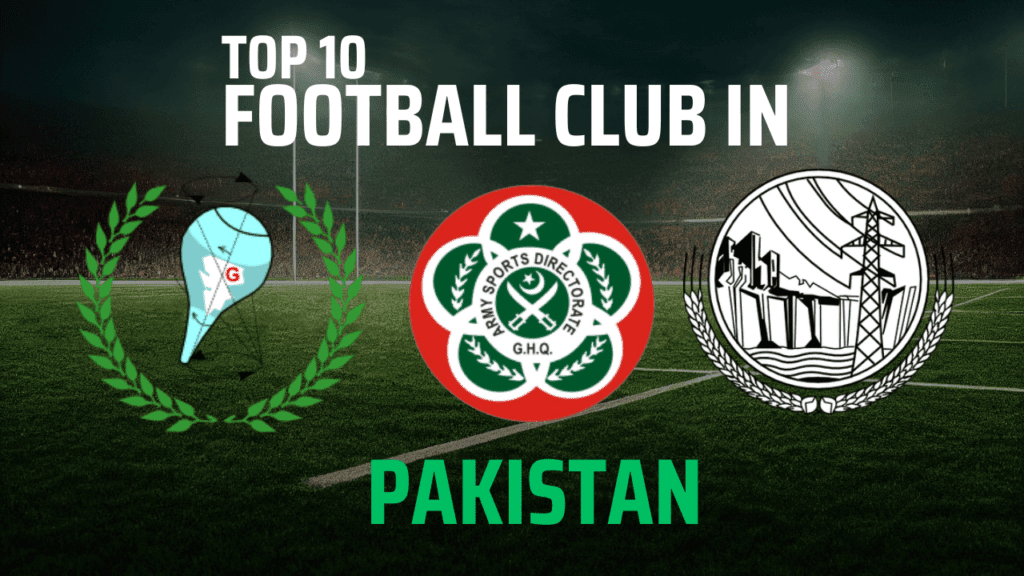
Pakistan has never qualified for any Asian Cup or the Olympics football tournament in its entire history. This article needs to seriously do better basic research.
Please read the history from 1990s to 2015.
Pingback: What Are the Champions League Semi-Finals? A Complete Guide (2024)
Pingback: AC Milan vs Genoa CFC: A Serie A Clash - Footbll Relted Content
Pingback: How Messi make million $$$ Empire | Messi Net Worth